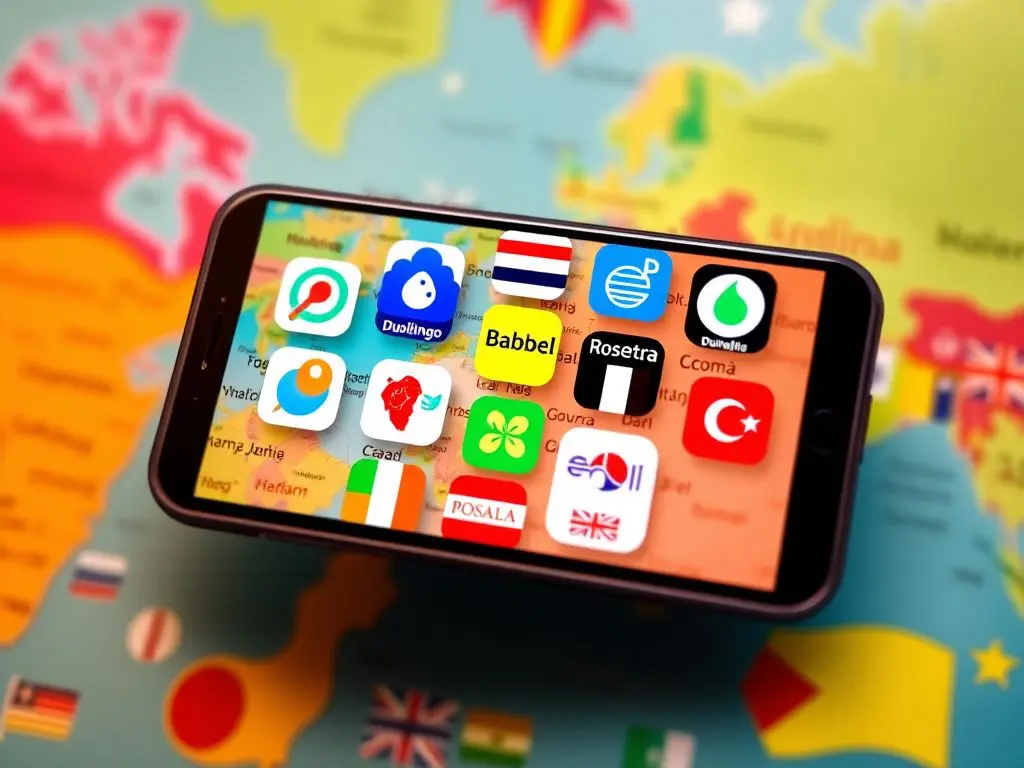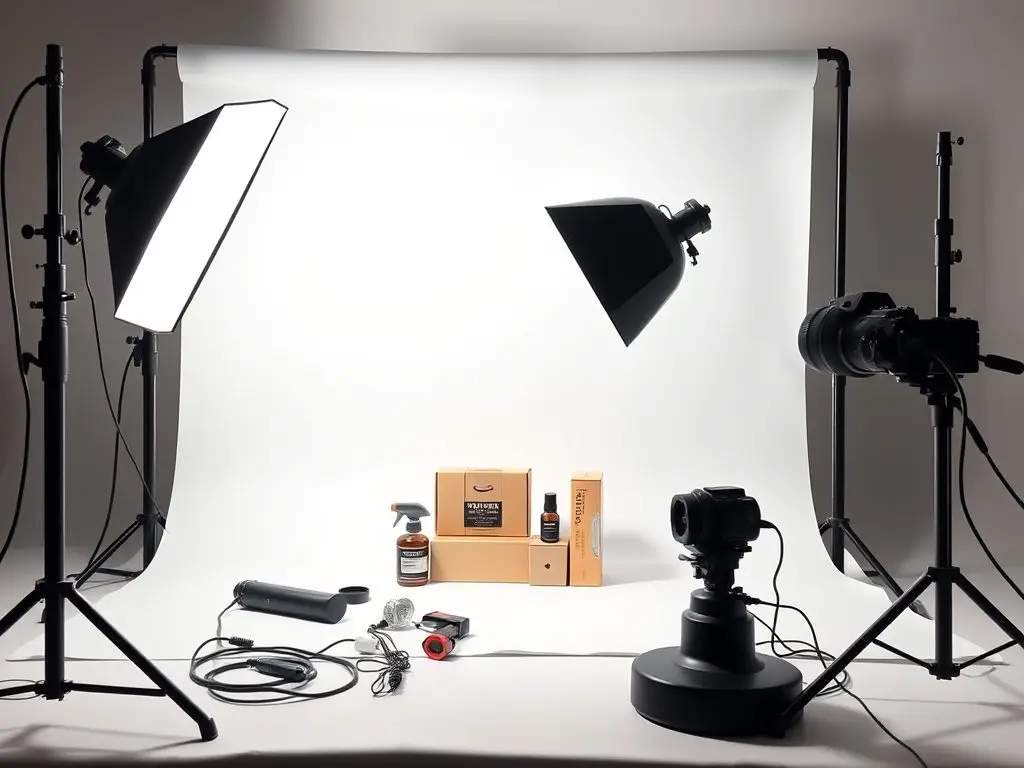Your cart is currently empty!

Discover the proven scientific techniques and strategies to become fluent in 90 days. Discover from research-backed techniques and real success stories to quick-observe your language learning journey.

Can you really become fluent in a language in just 90 days? According to research and countless triumph stories, reaching intermediate fluency is absolutely possible with the right approach and dedication.

In this comprehensive guide, we’ll explore the science-backed techniques that help rapid language acquisition. We will also provide practical strategies you can implement today.
The Science Behind 90-Day Language Fluency
While total native-like mastery may take longer, achieving conversational fluency in 90 days is an attainable aim. Recent MIT research has shown that adults can study languages nearly as effectively as children when using the right techniques.

Here’s what the science tells us:
- Immersion is crucial for rapid language acquisition.
- Consistent daily practice creates stronger neural pathways.
- Active speaking from day one accelerates learning.
- The brain can process new language patterns more effectively through structured exposure.
The 5 Core Pillars of Rapid Language Learning

1. Intensive Immersion
Intensive immersion is foundational for language learning. It involves surrounding yourself with the language as much as possible.
- Engage in a least of 3-4 hours of active language exposure daily.
- Create an immersive environment at home by switching your devices to the target language.
- Listen to podcasts and music in the target language.
2. Strategic Speaking Practice
To become fluent in 90 days, you should practice speaking from day one.
- Find language exchange partners or practice with native speakers daily.
- Record yourself speaking to track progress and improve pronunciation.
3. Optimized Study Approaches
Use study techniques that enhance retention and understanding.
- Focus on high-frequency vocabulary first and use spaced repetition systems.
- Learn grammar through context and practice active recall to solidify knowledge.
4.
Make sure what you consume is just challenging enough.
- Engage with content slightly above your level, like graded readers or slow news broadcasts in the target language.
5. Accountability and Tracking
Sustain momentum by configuration specific goals.
- Track your progress and join language learning communities for support.
Your 90-Day Language Learning Schedule
Foundation Building (Days 1-30)
- Master 500-1000 most common words.
- Learn basic grammar patterns and pronunciation fundamentals.
- Begin basic conversations to build confidence.
Intermediate Expansion (Days 31-60)
- Expand vocabulary to 2000+ words.
- Engage in everyday conversations and consume native content.
- Start keeping daily journal entries in the target language.
Advanced Integration (Days 60-90)
- Achieve a 3000+ active vocabulary.
- Hold complex conversations and understand 80% of native content.
- Start thinking in the target language, which is crucial for fluency.

Triumph Stories and Scientific Evidence
Research from Yale University has demonstrated that intensive language learning can lead to significant fluency gains within 90 days.

Here are some key findings:
- Students achieved B1-B2 level skill in just 12 weeks.
- Daily immersion resulted in 400% faster language acquisition.
- Speaking practice from day one improved retention rates by 80%.
Common Challenges and Solutions
Time Management
- Break study sessions into 25-minute blocks; use dead time for passive learning.
- Create a consistent daily routine with prioritized high-impact activities.
- Set realistic milestone goals and celebrate progress.
- Join communities for encouragement and share your passion for language learning.

Tools and Resources for Triumph
- Language exchange apps: Find conversation partners.
- Spaced repetition software: Improve vocabulary retention.
- Grammar reference guides and progress tracking apps.

Measuring Your Progress
Monitor these key metrics throughout your journey:
- Words learned per day
- Speaking minutes per day
- Comprehension percentage and writing accuracy

Call to Action
Ready to commence your 90-day journey to language fluency? Remember, consistency and dedication are key to achieving your language goals.
Start now to
Questions for you
- What language do you want to master in 90 days?
- Which strategies resonate most with you?
- Have you tried intensive language learning before?
People Also Read
- Emerging Online Business Trends That Will Define 2025
- Traditional Language Learning: A Need for Change
- Master English in 90 Days: The Revolutionary Travel-Learning Method 🌍✈️
Why Mondosol?
Mondosol has been freely sharing knowledge since 2011 and is committed to making their programs accessible on multiple devices. Generous donations keep their projects gratis, and they invite involvement in their mission to help launch online businesses, improve skills, or develop a positive global impact through practical courses, discussions, and recording text.
Support Mondosol
From the journal
Amazon Product Listing Services: Your Complete Guide for 2025
Expert Amazon item listing services enhance item visibility and conversion through strategic keyword research, compelling descriptions, and visual improvements. Optimized listings can increase visibility by…
Top 10 Language Learning Apps in 2025: A Comprehensive Guide
In 2025, language learning apps have advanced significantly with AI engineering and innovative methods. This article reviews the top 10 language learning apps, highlighting key…
Amazon Product Photography Guide: Expert Tips & Requirements 2025
Expert article photography can significantly enhance Amazon sales by up to 40%. This guide outlines essential 2025 requirements such as graphic resolution, background color, and…










Leave a Reply